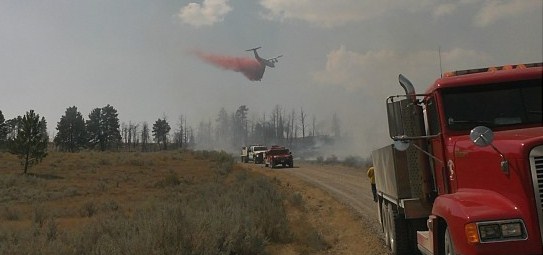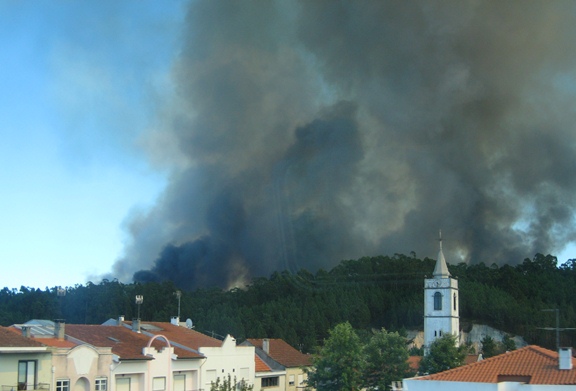On August 27 we reported that several members of the Bonneville Hotshots assigned to the Trinity Ridge Fire on the Boise National Forest were injured by a large rolling log. What we didn’t know at the time was that the log was being bucked, or cut, by another firefighter.
The 72 hour report has been released on the incident. Here is the narrative section:
On August 25, 2012 a down tree rolled downhill in Division C injuring 3 firefighters on the Bonneville Hot Shot Crew. The down tree was in the process of being cut into smaller pieces by a sawyer. The tree “broke loose” prior to a final release cut by the sawyer. The piece was approximately 24 inches in diameter and 40 feet in length. It traveled approximately 40 feet downhill before impacting the firefighters.
An adjacent felling operation was in progress on the other side of the ridge. Four firefighters moved the commensurate distance away from the felling operation which placed them approximately 40 feet downslope of the bucking operation.
The 4 firefighters had their attention on the falling operation and became aware of the bucking operation only after the down tree broke loose and began rolling toward them.
One firefighter leaped over the rolling log and did not sustain any injuries. A second firefighter sprained his ankle and a third firefighter sprained his neck. The fourth firefighter suffered blunt force trauma to his chest. The firefighter with the most serious injury was transported to a local hospital for evaluation, and was released that same day and then to be demobed to his home unit.
A after action review (AAR) was conducted of the incident by the crew that same day. One lesson learned from the folks involved was that concurrent saw operations were a factor in the incident. They stressed situational awareness, “look up, down, all around” while staying in a location over time and whenever you change location. They discussed taking more time in planning and conducting operations. It should be noted that after the incident occurred the medical evacuation and emergency management was handled with maximum efficiency.
(end of 72-hour report)
We are very glad the injuries were not any more serious than they were.
The firefighter that leaped over the rolling 24-inch by 40-foot log needs to be signed up for the high jump or gymnastics in the next Olympics, or consider a career as a running back in the National Football League.












